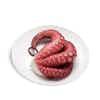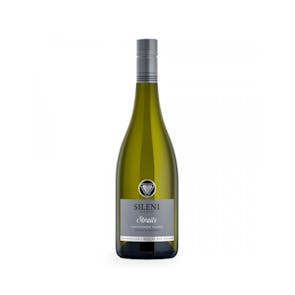



Shizugawa Tako (Frozen)
Unconventional, but popular
TASTING NOTES FROM THE CURATOR
Tako means octopus in Japanese, and that is exactly what you get. The Shizugawa Tako is a boiled whole octopus, frozen and ready to eat. It’s sashimi-grade, too, so it’s safe to eat as is. But tako/octopus is always boiled first, as it brings out a sweeter flavor and softens the meat, making it even more appealing to eat. It’s not a conventional food, but tako is very common in sushi restaurants.
PREPARATION AND PAIRINGS
The Shizugawa Tako is usually served as nigiri or sashimi, and that is still the best way to enjoy it. Slice your tako as thinly as you can, but be very careful! Use a very sharp knife, and if you can use protective gloves, that would be better. Tako is pretty slippery, and you have to be extra careful when slicing it. If you’re hesitant about the slicing, you can also chop it up in bigger pieces and serve in poke bowls. You can also fry them, or marinade them in teriyaki sauce and grill. And yes, you can also attempt to make your own Takoyaki with the Shizugawa Tako.
THE ART OF RAW FISH
A classic and iconic Japanese delicacy, sashimi usually consists of thinly sliced pieces of fresh raw fish or meat. Although many non-Japanese people often confuse the words “sashimi” and “sushi,” or even use them interchangeably, they are, in fact, different. Raw fish is an ingredient in both, but sushi refers to dishes made with vinegared rice. While sashimi is always served as is, on its own.
“Sashimi” means “pierced body,” with “sashi” meaning pierced or stuck, and “mi” meaning body or flesh. There are two possible origins to the word. The first is that it might have come from the practice of sticking the fish’s fin or tail into the slices in order to help the consumer identify what they are eating. Another possibility could pertain to a traditional harvesting method, the “ikejime” process, which involves piercing the fish’s brain with a sharp spike immediately as it is caught, and placing it on shaved ice. The immediate death prevents the fish from obtaining too much lactic acid, and will therefore keep fresh on ice for longer.
Storage Instructions
Arrives frozen. Once thawed, it must be consumed within 48 hours.





